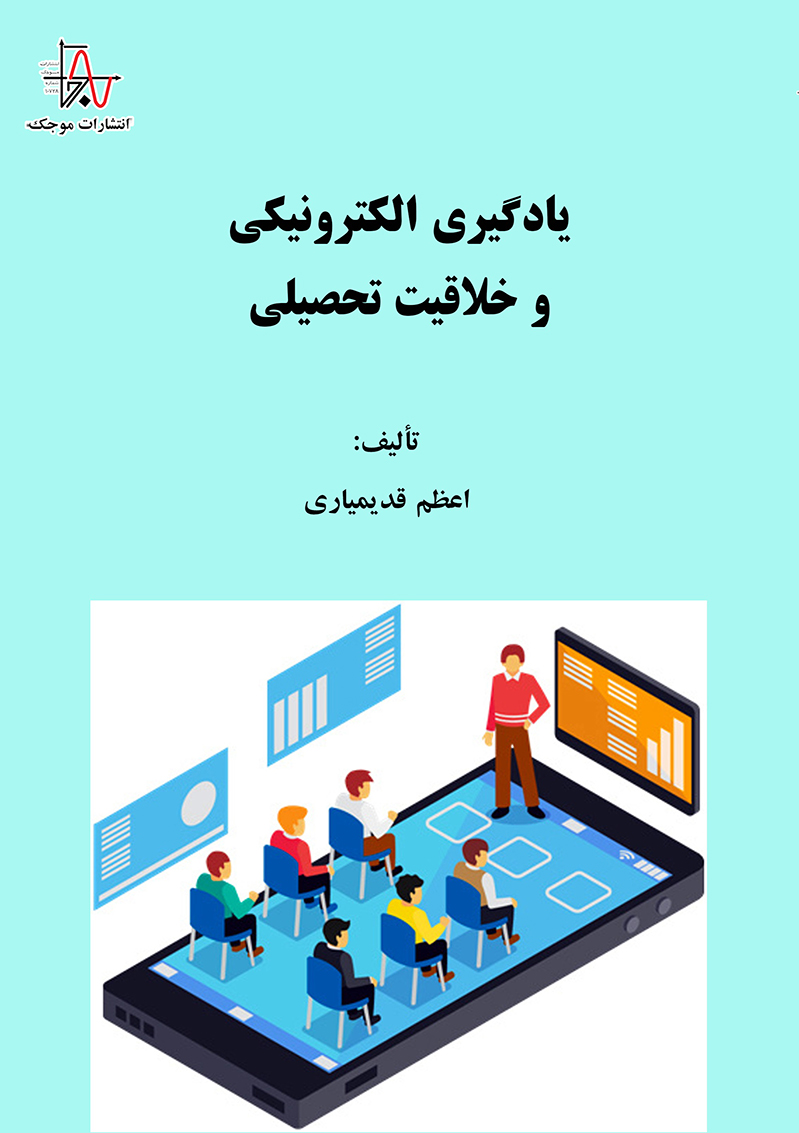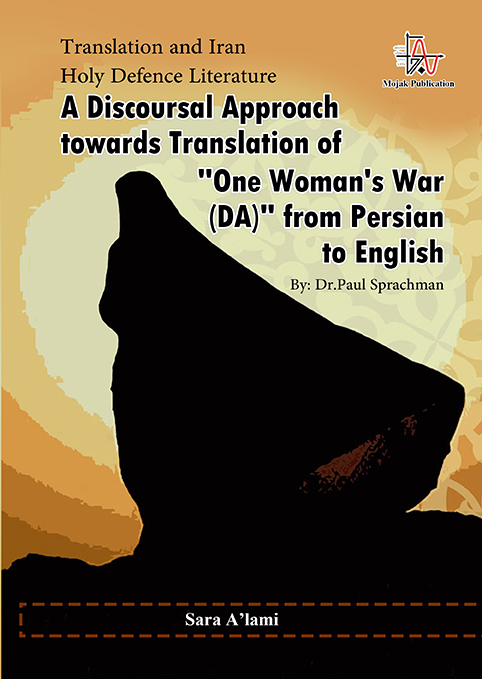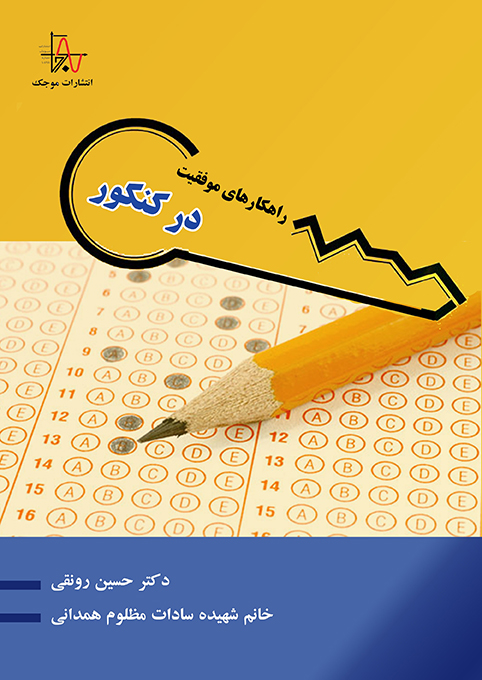ناشر : انتشارات موجک (ناشر دانشگاهی)
کد کتاب : M1008
عنوان : یادگیری الکترونیکی و خلاقیت تحصیلی
تالیف : اعظم قدیمیاری
مشخصات ظاهری : ۱۳۸ صفحه، قطع وزیری
چاپ اول : زمستان ۱۴۰۲، تيراژ : ۵۰۰ جلد
قيمت : ۲۱۸۰۰۰۰ ريال، شابک : ۱-۶۹۲-۹۹۴-۶۰۰-۹۷۸
حقوق چاپ و نشر برای ناشر محفوظ است.
————————————————————————————————————————————————————————————————————————–






نقد و بررسیها
هیچ دیدگاهی برای این محصول نوشته نشده است.